Product Overview
A Bull Dolphin trophy fish mount from Gray Taxidermy is handcrafted in the U.S. We combine over fifty years of experience and skilled craftsmanship to ensure that your custom trophy mount exceeds your expectations of what a perfect custom fish mount should look like.
Our skilled artists take pride in capturing the rich beauty and realism of nature that each unique marine species bring.
A fish mount from Gray Taxidermy will capture and commemorate a memory of a life time. We are able to transform raw materials into the ultimate representation of an angler's most notable achievement. Great attention to detail and true craftsmanship is our motto while we continue to serve customers around the world.
Gray Taxidermy goes to great lengths to ensure the precise color and characteristics are resembled in your custom fish mount.
Product Specs:
- Available Sizes: 13 - 72 in
- Details: Fired-Enamel Glass Eye
- Product Options: Wood Plaque, Custom Base, 360°
-
We also offer elegant solid wood plaques to accompany yor trophy mount. Includes traditional wood plaque with sublimated personalized information. Just ask for more information.
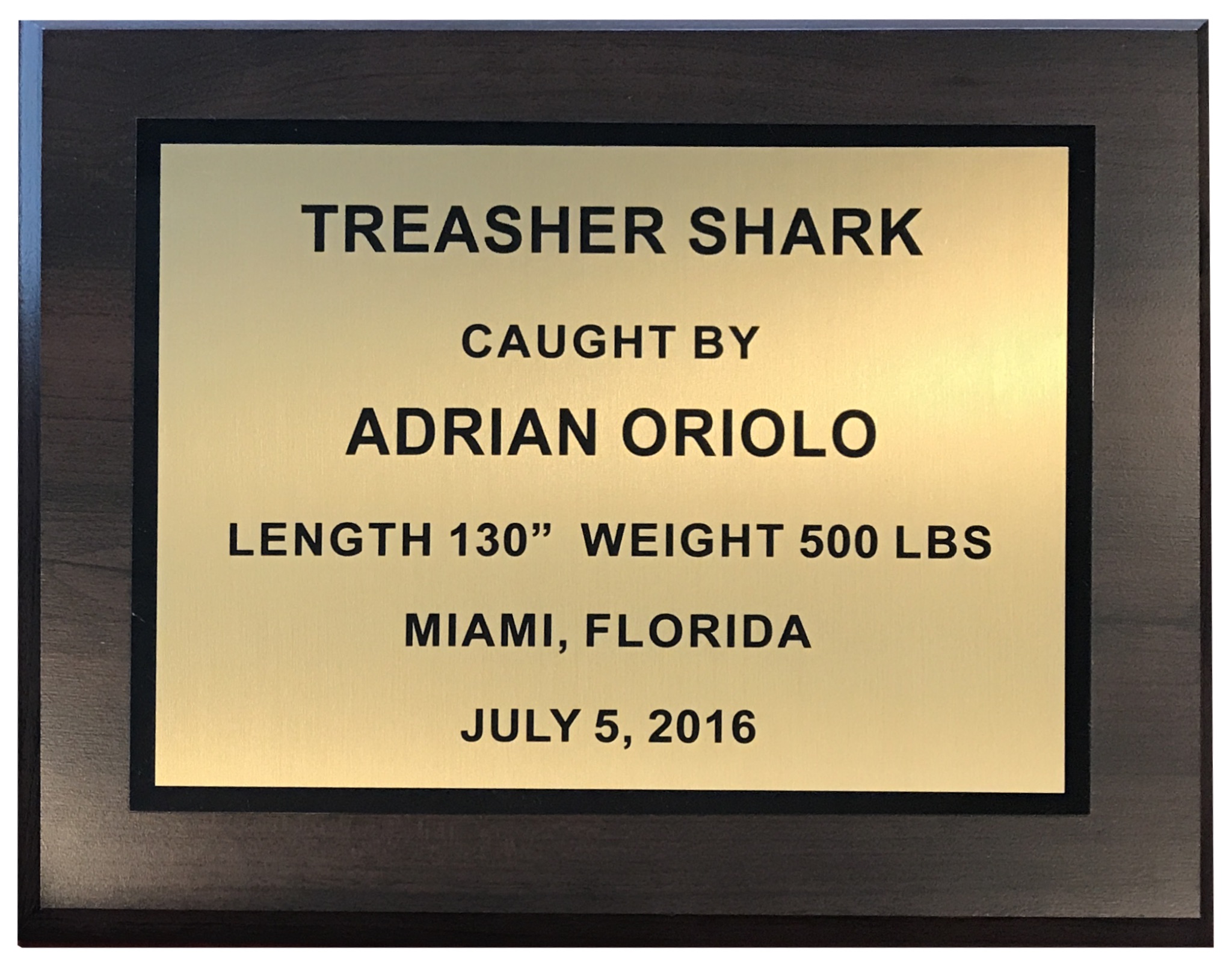
 15 in x 12 in or 10 in x 8 in personalized wood plaque.
15 in x 12 in or 10 in x 8 in personalized wood plaque.
Color: Gold
 15 in x 12 in or 10 in x 8 in personalized wood plaque.
15 in x 12 in or 10 in x 8 in personalized wood plaque.
Color: BlueAvailable for all fish species
Species Information
Scientific Name: Coryphaena hippurus
Size: Mahimahi grow fast, up to almost 7 feet and 88 lbs.
Location & Habitat: Mahimahi live near the surface in tropical and subtropical waters around the world. Young mahimahi swim together in schools, but older fish are usually found alone. Larger males prefer open ocean habitat while females and smaller males are commonly found near natural and artificial floating objects, including a floating brown algae called Sargassum (in the Atlantic and the Caribbean).
Description: Mahimahi are brightly colored– the back is an electric greenish blue, the lower body is gold or sparkling silver, and the sides have a mixture of dark and light spots. Their bright pattern fades almost immediately after they’re harvested. Adult males have a square head shape but females have a more rounded head. Mahimahi can be distinguished from the pompano dolphin by its 55 to 66 dorsal fin rays and a very wide, square tooth patch on the tongue.
Dorado is a very productive fish. They’re able to reproduce early in life, at 4 to 5 months old, and scientists believe mahimahi spawn every 2 to 3 days throughout their entire spawning season, perhaps even year-round. Females release between 33,000 and 66,000 eggs each time they spawn. In the Atlantic, they spawn under patches of Sargassum.
Mahimahi are top predators and only have a few predators themselves. They feed in surface water during the day and eat a wide variety of species, including small pelagic fish, juvenile tuna, billfish, jacks, pompano, and pelagic larvae of nearshore, bottom-living species. They also eat invertebrates such as cephalopods (octopus, squid, etc.), mysids (small, shrimp-like creatures), and jellyfish. Large tuna, rough-toothed dolphin, marlin, sailfish, and swordfish feed on mahimahi, particularly juveniles.
Mahimahi has a sweet, mild flavor. For a milder flavor, trim away darker portions of the meat. Mahimahi is lean and fairly firm with large, moist flakes. The raw flesh is pinkish to grayish-white, although along the lateral line the flesh is dark. When cooked, the meat is off-white. The thick skin of mahimahi should be removed before cooking.

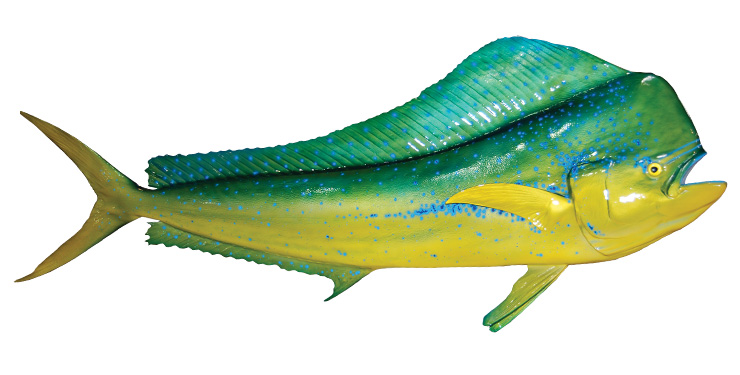
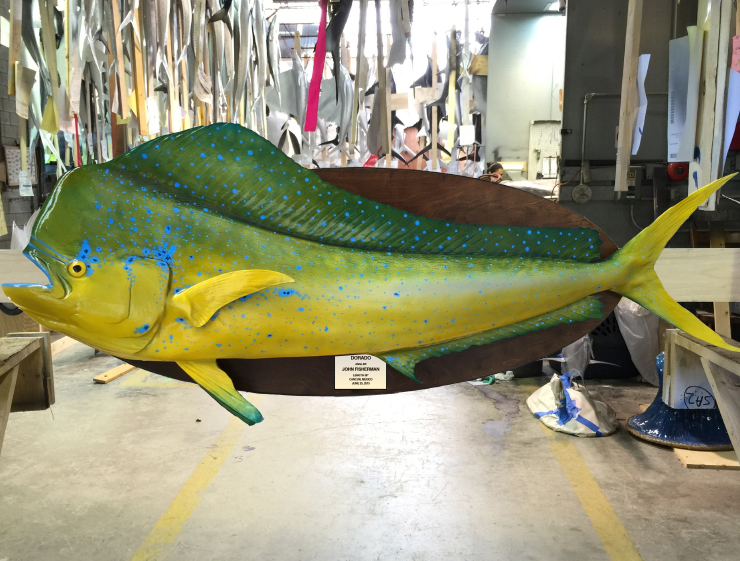
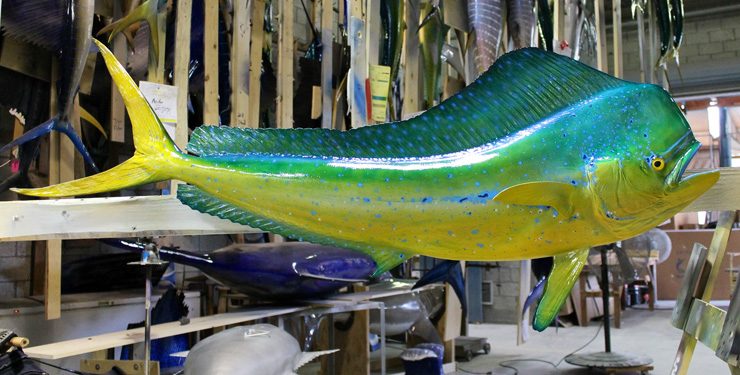
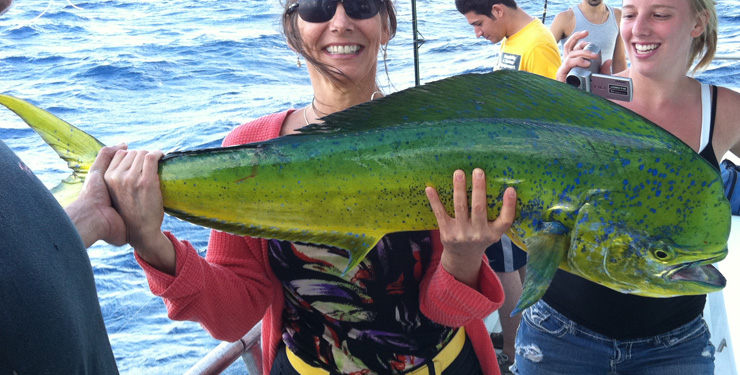
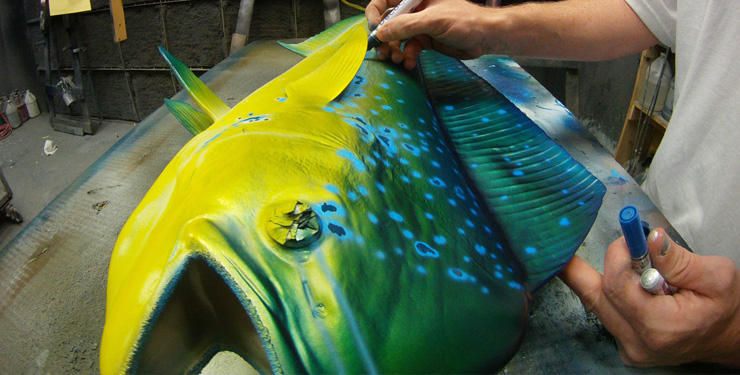

Call Now: 800.452.5501